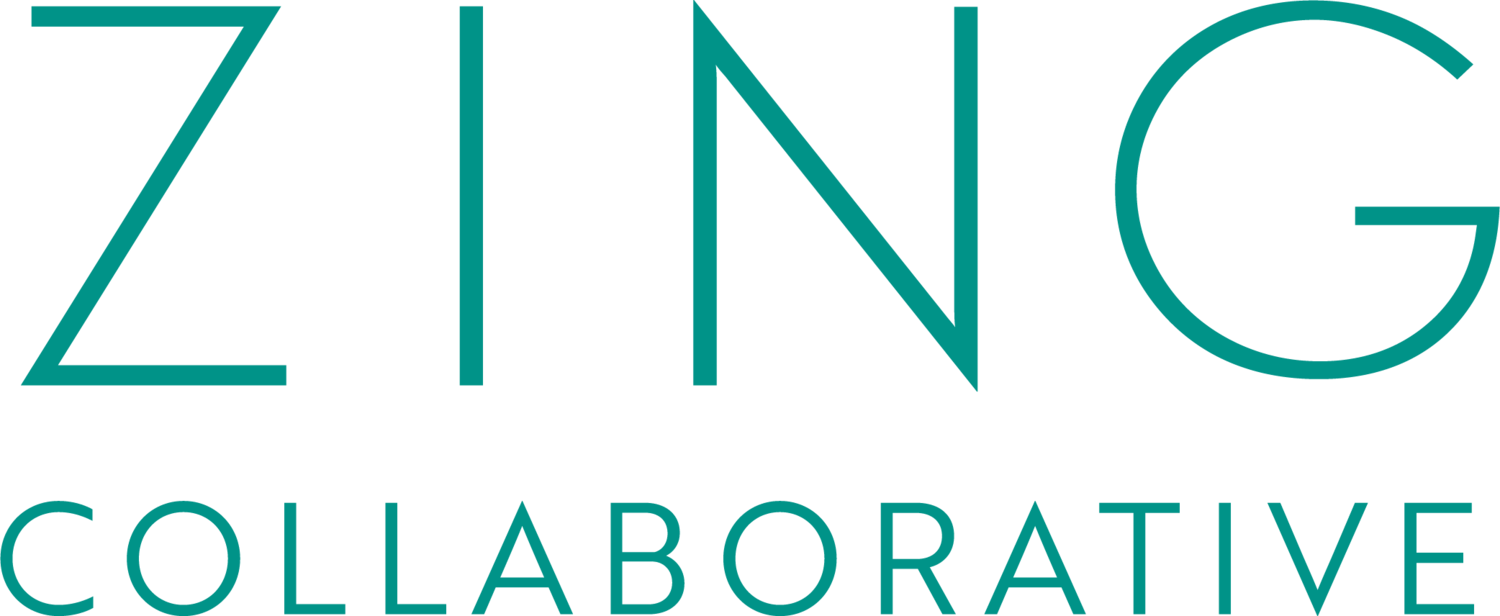PSYCHOLOGICAL SAFETY AT WORK
While psychological safety is nice to talk about, how do we actually create it?
The term “psychological safety” has become increasingly popular in recent years.
But what is it, and how can we create it —with our teams, within our organizations, and even with our family and friends?
Psychological safety in the workplace creates freedom and space for us to do our best work, without fear.
Here are some things to avoid if we'd like to create a psychologically safe workplace:
Bringing up a mistake that someone made 8 years ago, during an annual review conversation.
Surrounding ourselves with “yes people” who don't challenge us or offer perspectives that are different than our own.
“Venting downward” — which means complaining to people who report up to us, or up through us.
Instead, here are a few things we can try:
Using the phrase “yes and,” when we are building onto a statement from someone else.
Acknowledging a perspective from another person, with a phrase such as “that's a good point,” or “I hear you.”
Venting across or upward —which means working through challenges or irritations with either our peers, or our managers/leaders.
Having key conversations during meetings, rather than after meetings (also known as avoiding the “meeting after the meeting.”)
Welcoming different perspectives and points of view, and aiming to create teams and organizations that bring diversity of thought, perspective, and experience.
Praising in public (or in whatever way the individual appreciates most) and offering constructive criticism in private.
What else would you add to the list?
This post was originally shared via Friday Favorites —a free weekly curation of resources, reflections, and inquiries on leadership and life. Join us here, if you’d like.

